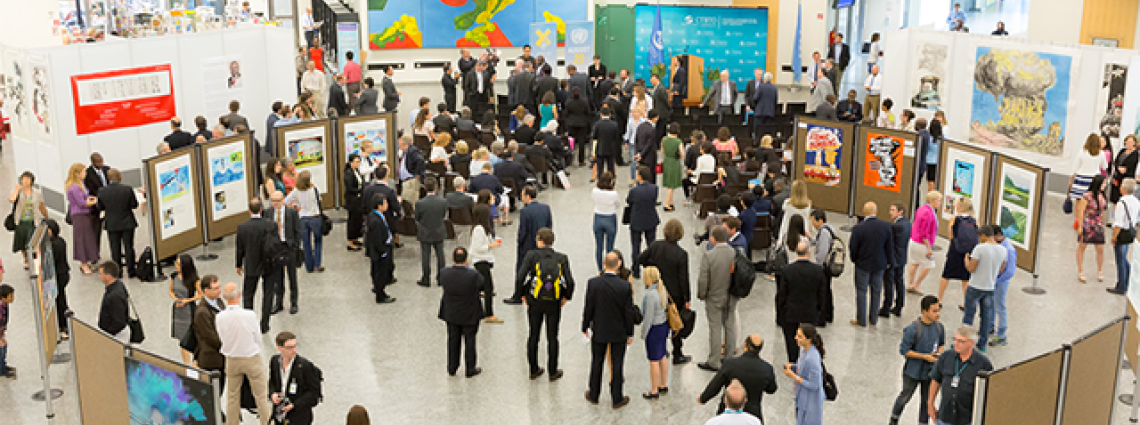International Day against Nuclear Tests – Towards a Safer World
28 August 2015
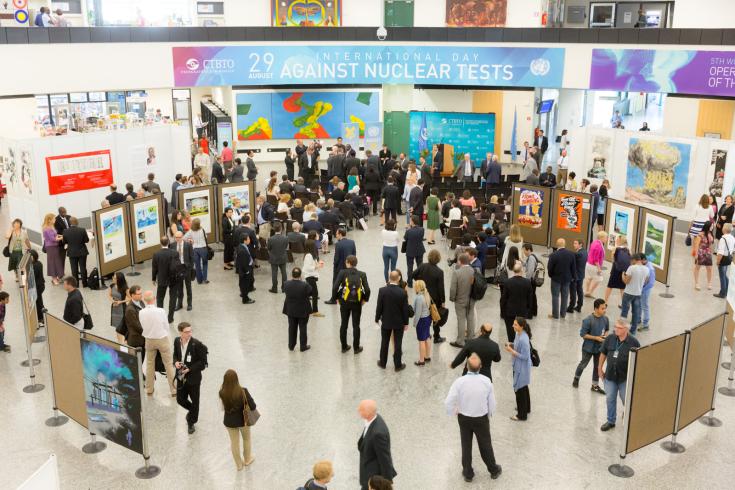
Poisoned groundwater, cancer, leukaemia, radioactive fallout — these are among the poisonous legacies of nuclear testing. The best way to honour the victims of past tests is to prevent any in the future.
In his opening remarks Executive Secretary Lassina Zerbo highlighted the ability of art to instil new momentum into the political discourse, so that an international ban of nuclear weapons tests might soon become a reality.
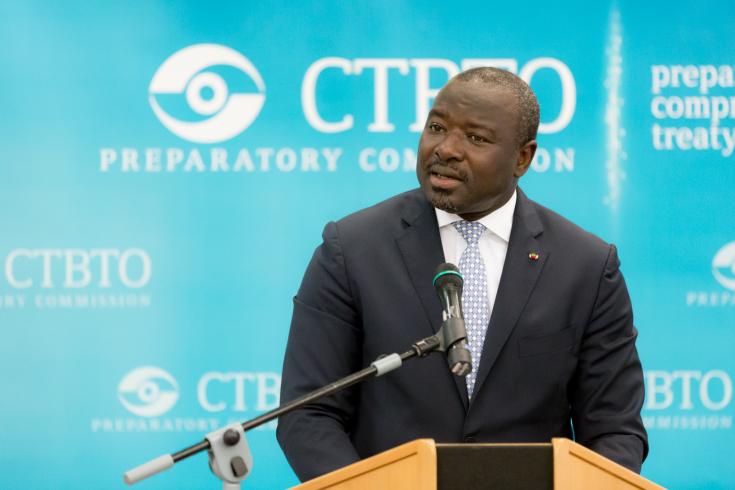
CTBTO Executive Secretary Lassina Zerbo
August 29 serves as reminder that banning nuclear testing remains unfinished business. […] I am convinced that art can help us build awareness for the CTBT in new ways. Art appeals to us personally; it touches us on an emotional and aesthetic level. It can open new doors and let us see issues in a new light.
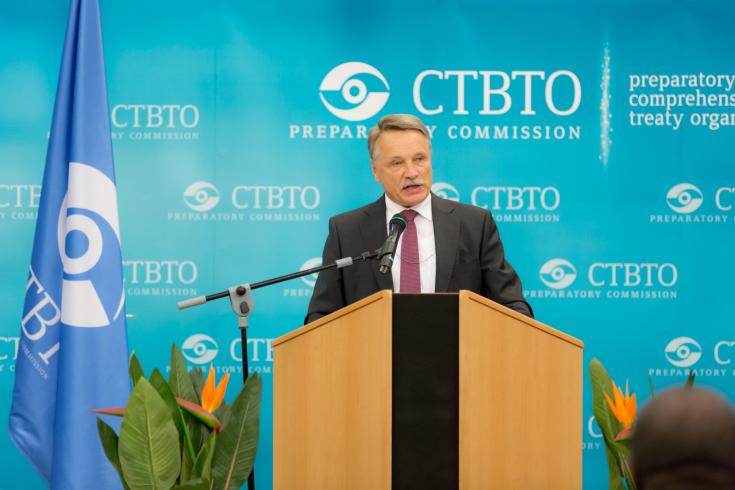
Sergei Savelyev, Minister Counsellor, Permanent Mission of Kazakhstan
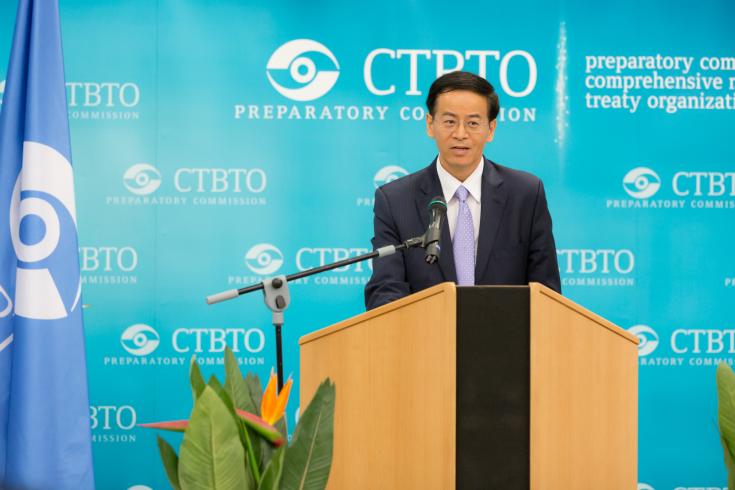
HE Mr Jingye Cheng, Permanent Representative of China to the International Organizations in Vienna
The Comprehensive Test-Ban Treaty is a milestone for mankind on their way towards building a world free of nuclear weapons. It is a major pillar of the international arms control, disarmament and non-proliferation system, and plays an important role in promoting international peace and security. We are glad to see the Treaty is becoming more universal and its purpose and objective are broadly recognized and supported by the international community.
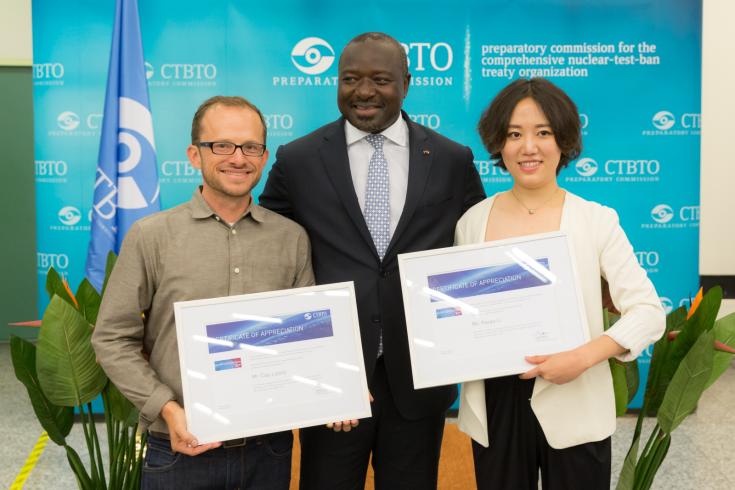
From left to right: Artist Clay Lipsky, CTBTO Executive Secretary Lassina Zerbo and artist Xiaoyu Li
The ultimate goal of art is to eulogize peace… artists around the globe will be able to enhance the awareness towards nuclear tests, to fight against anti-peace activity and to push forward the elimination of nuclear tests.
Thanks to organizations like this, something is being done [about these global issues] and I am happy to support such a cause.
The art on display had previously been shown in China and will now travel to New York to be shown on the margins of the CTBT Article XIV Conference at the end of September.
To International Day against Nuclear Tests overview page.

Click to view art catalogue (PDF).
28 Aug 2015
